Do you love to explore, design and create? Then engineering is just the thing for you! We often hear about engineers and we imagine them as being people who build things- but they’re more than that – they’re inventors, designers and forward thinkers. It’s also true that science and mathematics are the building blocks for engineers. However, apart from being knowledgeable in those subjects, engineers need to be creative, practical and really good problem solvers.
Engineering is divided into different specialities. We often hear about mechanical engineers who design systems, tools and machines as well as electrical engineers who focus on electricity to design circuits and tiny computer chips which you find in today’s technological devices such as phones and tablets. Apart from those, there are also chemical engineers, mechatronic engineers, software engineers, aerospace/aeronautical engineers and civil engineers.
There are some great STEM projects online which will help you gain a better understanding of the skills needed by engineers. Playing engineering games is the perfect way to learn about designing and creating. Nowadays you can find several online games such as Minecraft which can put your engineering skills to the test. Collect materials, build simple tools and create structures and cities.
Another great resource to use is Tinkercad. Ever heard of Autodesk? They’re the design company that developed AutoCAD software tools used so often by engineers. The company also designed Tinkercad, which uses the same design principles but is adapted to be used by kids and anyone who is interested in learning how to design 3d structures. The Tinkercad software tools are free to use so just create an account and follow step by step projects to learn how to use the tool!
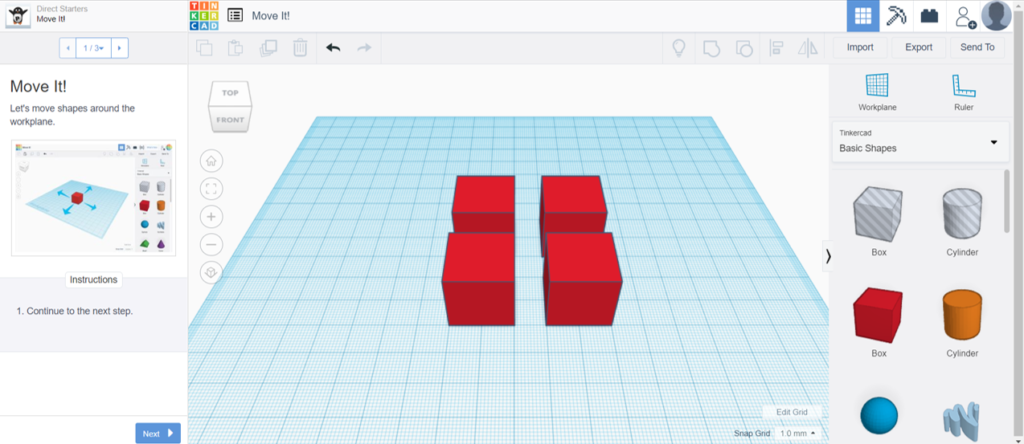 |
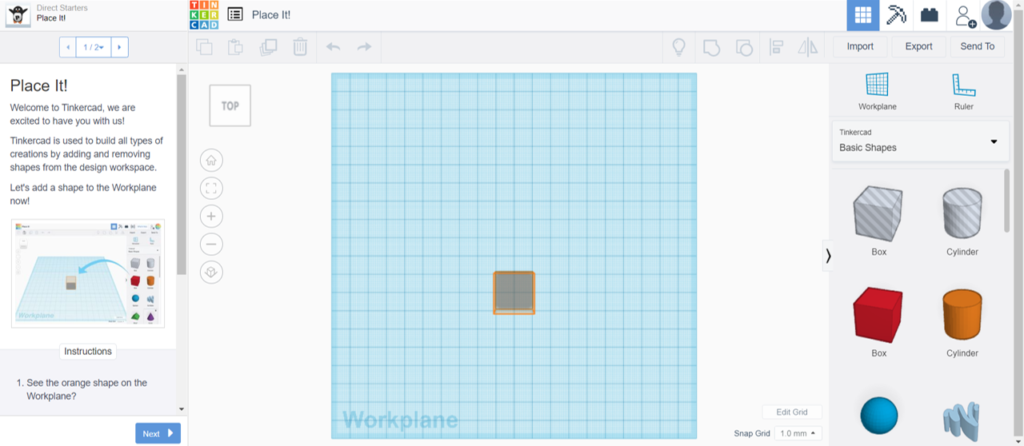 |
If you’re passionate about space, the following Airbus Foundation instructables are great resources to use to improve your 3d design skills using Tinkercad:
Have you ever walked over one of Malta’s bridges? Ever wondered how they’re built? Why not become a civil engineer yourself for a day to find out?
Engineers often build physical models to test their designs. Test out your engineering skills by building a paper bridge that does not collapse when an object is placed on top of it. When designing bridges, engineers need to take into consideration both the materials used and also how they are shaped – the same material shaped in different ways will change a bridge’s strength and stiffness. In today’s activity we’re going to be using the same material for the bridge – paper, but we’re going to be changing the paper’s shape to see how this will affect how much weight we can place on top of it.
STEP 1:
What happened? Did the bridge collapse? Why? Is there anything we can do to make it stronger?
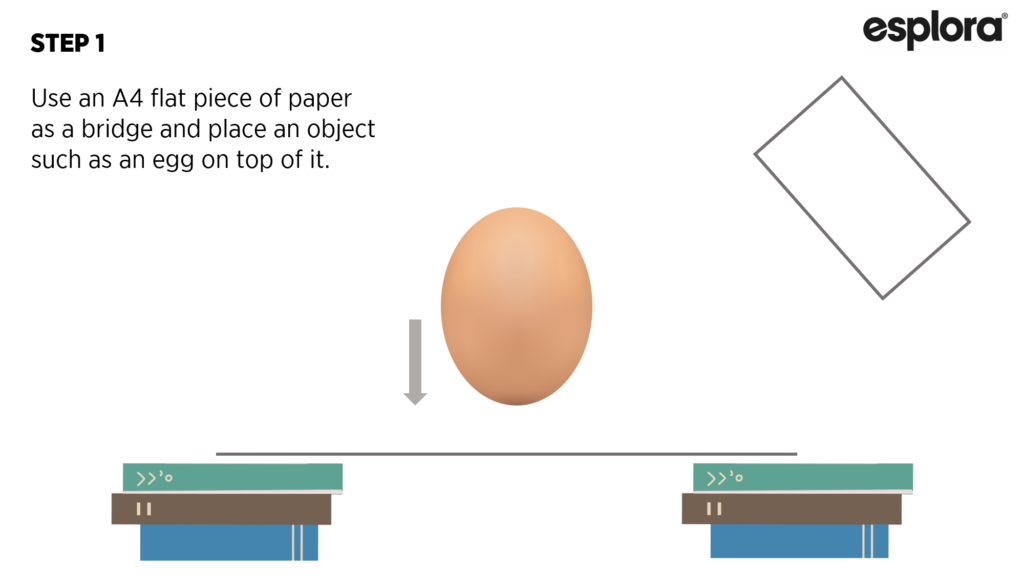 |
 |
STEP 2:
In Step 1 you should have noticed that the bridge collapsed easily. When the paper was used as a flat surface to form a bridge, it bent too easily and could not hold the object up. By rolling up the paper in STEP 2, we managed to increase its bending stiffness, making it stronger.
You can find similar examples at home; look at the chairs that you have at home and notice their legs – are their legs flat or cylindrical in shape? The shape of the legs helps to support anyone sitting on the chair.
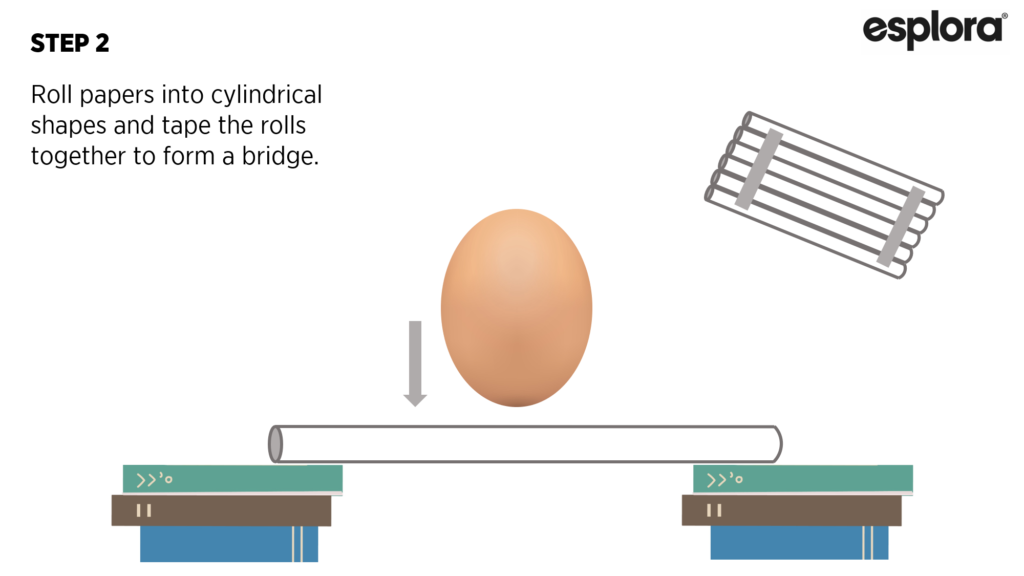 |
 |
STEP 3:
What other shapes can you think of? Take a look at different bridges to get some inspiration. Test out different shapes and compare the bridges to see which bridge manages to hold up the most weight.
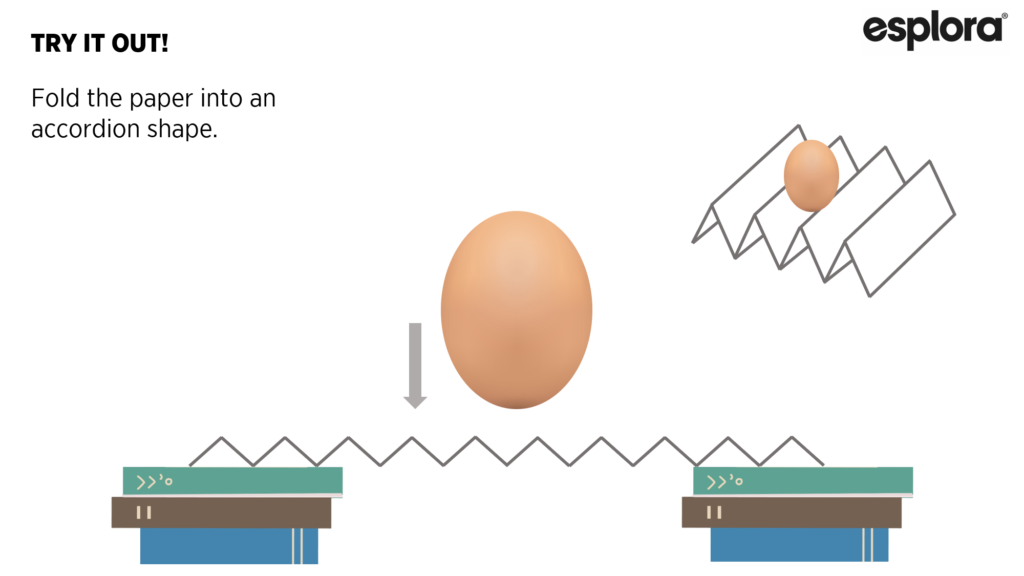 |
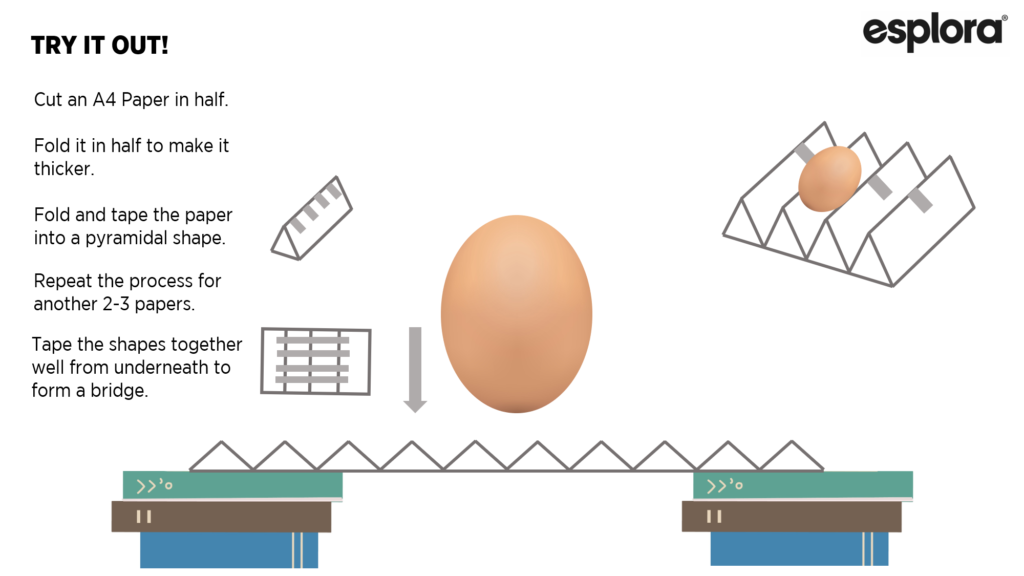 |
 |
We’ve included a few ideas, mostly focusing on the use of triangles, which is a great way to strength bridges since triangles help to spread out the forces evenly rather than focusing them on one single spot – in fact, triangles are considered as one of the strongest shapes you could have.
When you are outside, take a look around you and see whether you can notice any other structures that make use of triangles for strength. They are often used in construction and design.
If you plan on visiting Esplora Interactive Science Centre soon, make sure to drop by the Engineering gallery which include numerous opportunities for building and creating.